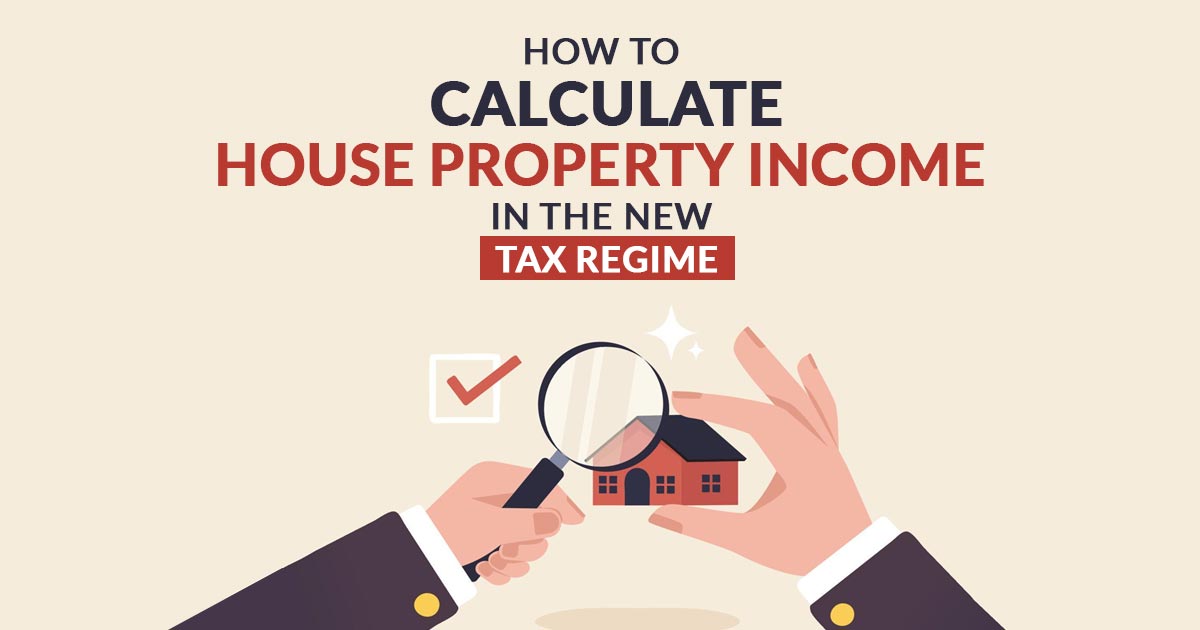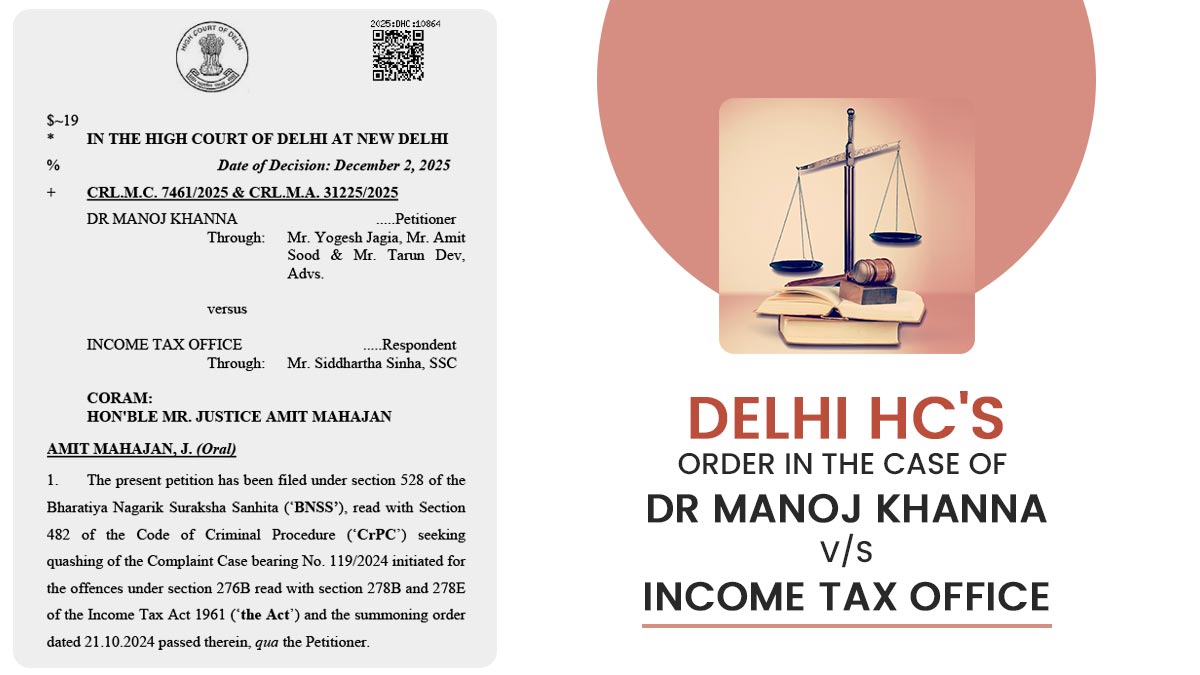
There are some calculations and essential aspects that you would require to learn if you own a house property that is given on rent on vacant or is self-occupied and wishes to opt for the new tax regime for the fiscal year.
Learn about the concern that what is the method to compute the income via the house property beneath the new tax regime and where the deductions and advantages beneath the house property could get claimed.
Know About New Income Tax Regime
The new tax regime from the FY 2023-24 (AY 2024-25) shall be on default tax regime for all the assessees. The same would be directed that when you shall furnish your ITR in the subsequent year then the new tax regime shall get auto-selected. While you shall need to particularly select the old tax regime if you wish to carry on with the same.
A taxpayer will also be forced to give up several deductions that were previously permitted under the new tax system. Therefore, you won’t be able to claim any additional deductions save from a few, such as the deduction of employer contributions to NPS and the standard deduction for salaried employees.
For instance, under the new tax system, the well-known section 80C deduction, which may be claimed by engaging in specific investments and activities, is not accessible.
Tax Regulations for Various Sorts of Properties
The Income Tax Act divides residential properties into three groups: self-occupied, vacant (deemed to be rented), and let-out.
Own House: A self-occupied home is one that is occupied by the individual or members of his family, according to income tax law. The income tax legislation considers up to two homes to be self-occupied.
Self-occupied homes are not eligible for any deductions under the new tax system. This indicates that under the new tax system, the interest paid on a mortgage used to purchase a home cannot be deducted.
House on Lease: If you generate a rental income from house property, you may be able to claim certain deductions under the new tax system under income tax legislation. So, in the new tax regime, the interest on a home loan, municipal taxes paid, and the standard deduction of 30% are all accessible for these residences.
The Vacant House: If a person owns three or more homes (let’s say) and receives no rental revenue from any of them, the property will be judged to be “deemed to be let out property.” The tax treatment of homes that are assumed to be rented out is the same as that of rented property.
The taxpayer can ask for the advantage of Nil annual value (i.e., Self-occupied property) up to two house properties. Therefore, any additional properties will be acknowledged as deemed let-out property and levy to tax as per notional NAV calculated,” the tax expert stated.
Tax experts mentioned that for the case of considered to be let out and let-out house properties, an individual is able to claim the standard deduction of 30% of NAV, municipal taxes paid, and home loan’s interest amount defined to the rental income and computing the income from house property under the new tax regime.
Deductions Available From Residential Property Under the New Tax System
Below are the conditions when tax deductions are available from residential properties under the new income tax regime as per the income tax act, of 1961.
Interest Deduction on Home Loans
In the new tax scheme, a homeowner can deduct interest paid on his or her house loan from rental income. Under the new tax structure, the only time one may claim a deduction for home loan interest under section 24 is when the residence is rented out. In the case of self-occupied property, the deduction for interest on a house loan is limited to Rs 2 lakh and is accessible only under the previous tax system, not the new tax regime.
Losses from Residental Property
Under the new tax regime, losses from residential property cannot be offset against other sources of income. This implies that even while a home loan for a rental property’s interest can be deducted, any loss under the heading “Income from House Property” cannot be offset against other sources of income.
Set-off for Residential Property Losses
If a person rents out many homes, the loss from one home might be offset by the loss from a different home. This implies that if a home suffers a loss from a rental property but revenue from other rental properties also exists, the loss from this specific property can be offset against the income from the other house properties.
Carry Forward Losses for House Properties
The new tax system does not allow for the carrying forward of losses. Losses on residential property could be carried forward for up to eight fiscal years under the previous tax system.
Calculating Income from Let-out Properties Under NTR
The gross annual value (GAV) of a home property must be determined in order to determine income from the house property. This GAV is only required if you choose the new tax system and have either real rental revenue from residential property or presumed rental income from unoccupied houses. In the new tax system, these computations are not necessary if you own self-occupied property. For both the new and old tax regimes, the GAV computation is the same.
Municipal taxes that were paid should be deducted after calculating GAV. Net annual value (NAV) is the value that remains after municipal taxes have been deducted.
One must deduct 30% of this NAV as a standard deduction. Regardless of the actual costs expended, all maintenance and other home upkeep charges are subject to the 30% standard deduction. If the aforementioned home was purchased with a home loan, then the home loan’s interest filed must get deducted from the NAV.
Under the new tax regime, the amount obtained after subtracting the standard deduction of 30% and the interest paid on a mortgage is the income from real estate. Losses cannot be offset by other sources of income if they occur. This indicates that your tax burden won’t change. If there is genuine revenue, it will be included in your gross income. According to the income tax bracket that applies to your gross annual income, you will pay taxes here.










My house property a portion of which is let out , has been reassessed by Municipality and after revaluation an arrear of rs.1.38 lac was fixed from which a major portion I.e. rs.1.15 was paid by me as tax during the previous year. My question is while calculating Municipal tax for deduction from income property shall I take the entire amount paid during the previous year or the actual tax for the previous only.
Actual amount of municipal tax paid during the fiscal year is allowed as as deduction from house property income.